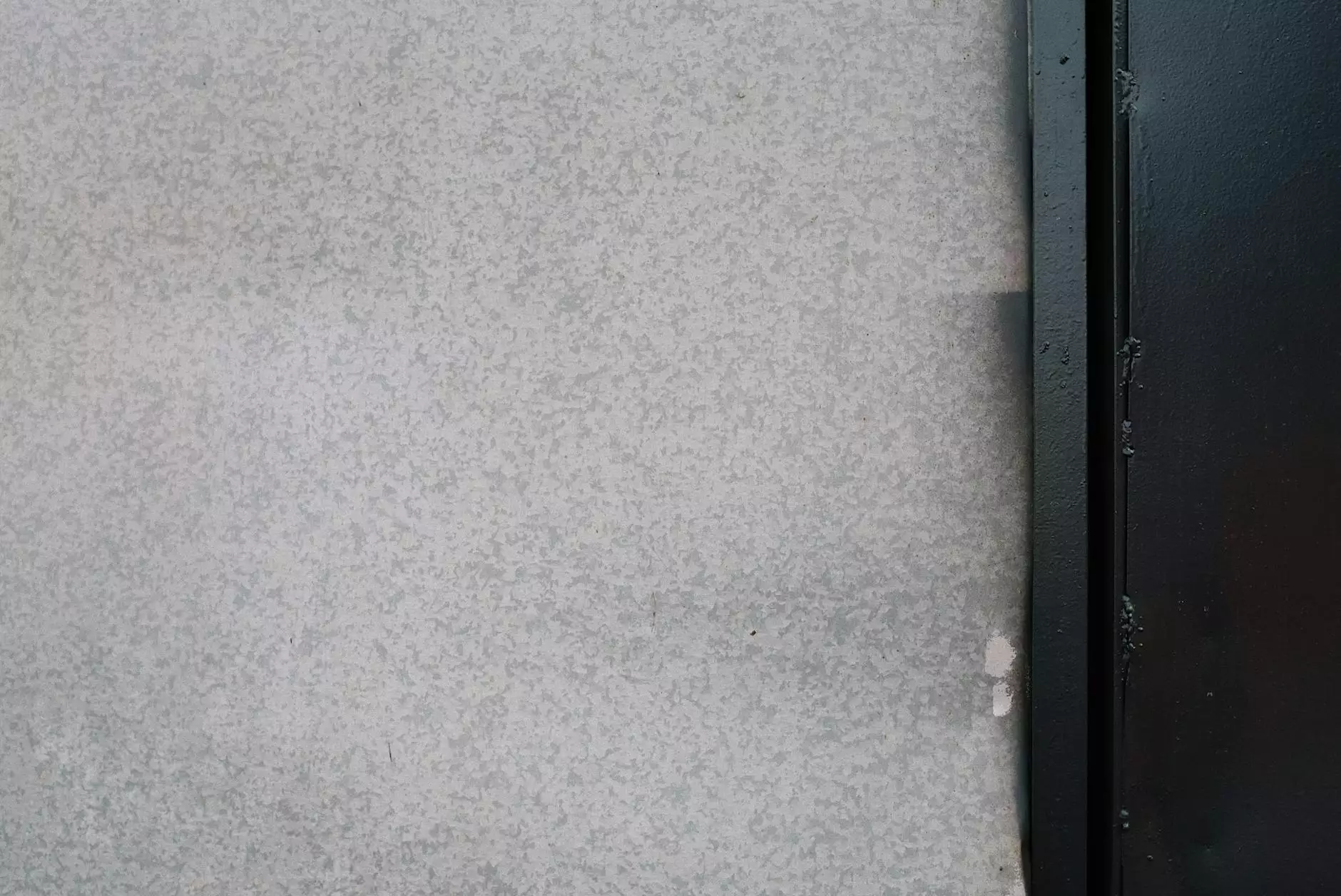Definition of the term Curtain Drain
Services Offered
Introduction
Welcome to Nicholas Home Inspection & Consulting, a trusted provider of consulting and analytical services. In this article, we will define the term curtain drain and explore how it can be a valuable solution to address excess water problems. Read on to discover the benefits and applications of curtain drains.
Understanding Curtain Drains
A curtain drain, also known as a French drain or weeping tile, is a trench filled with gravel or rock that helps redirect groundwater away from a specific area. It is designed to prevent water accumulation around foundations, basements, or any other areas prone to water-related issues.
How Curtain Drains Work
Curtain drains work on the principle of gravity. When excess water accumulates in the soil, it enters the perforated pipe installed at the bottom of the drain. The pipe then redirects the water away from the targeted area, allowing it to flow harmlessly into a lower, more suitable location, such as a storm drain or a natural drainage system. The gravel or rock surrounding the perforated pipe acts as a filter, preventing soil or debris from entering and clogging the drain.
The Benefits of Curtain Drains
Curtain drains offer various advantages, making them a popular choice for homeowners and businesses alike. Here are some key benefits:
- Effective Water Management: Curtain drains effectively manage excess water by redirecting it away from vulnerable areas, helping to prevent water damage.
- Foundation Protection: By diverting water away from foundations, curtain drains help minimize soil erosion and the potential damage caused by water infiltration.
- Preventing Basement Flooding: Curtain drains are especially useful for properties with below-grade basements, as they help prevent water accumulation and minimize the risk of basement flooding.
- Enhancing Property Value: Proper drainage systems, including curtain drains, can increase the value of a property by providing peace of mind to potential buyers.
Applications of Curtain Drains
The versatility of curtain drains allows for a wide range of applications. Here are a few common uses:
Residential Properties
In residential settings, curtain drains are often installed to protect homes from water-related issues. They can be used to:
- Prevent Basement Flooding: Installing a curtain drain around the perimeter of a house helps to collect and redirect water away from the foundation, reducing the risk of basement flooding.
- Protect Gardens and Landscaping: Curtain drains can be strategically placed to prevent oversaturation of soil in gardens and landscaped areas, helping to maintain the health and appearance of plants.
Commercial Properties
Curtain drains are also widely utilized in commercial properties to address water management concerns. Here are a few examples:
- Foundation Protection: Commercial buildings often have expansive foundations that require adequate drainage systems. Curtain drains offer a reliable solution to redirect water away from these structures.
- Waterproofing Basements: To protect valuable assets and equipment stored in basements, curtain drains can be installed to prevent water from seeping into these areas.
- Preventing Soil Erosion: Curtain drains help mitigate soil erosion on commercial properties, preserving landscapes and preventing potential liabilities.
Conclusion
In summary, curtain drains are an essential tool in effective water management and the prevention of water-related damage. Nicholas Home Inspection & Consulting is your trusted partner for high-quality consulting and analytical services. If you require assistance with curtain drain installation, evaluation, or maintenance, our team of experts is here to help. Contact us today to learn more!










